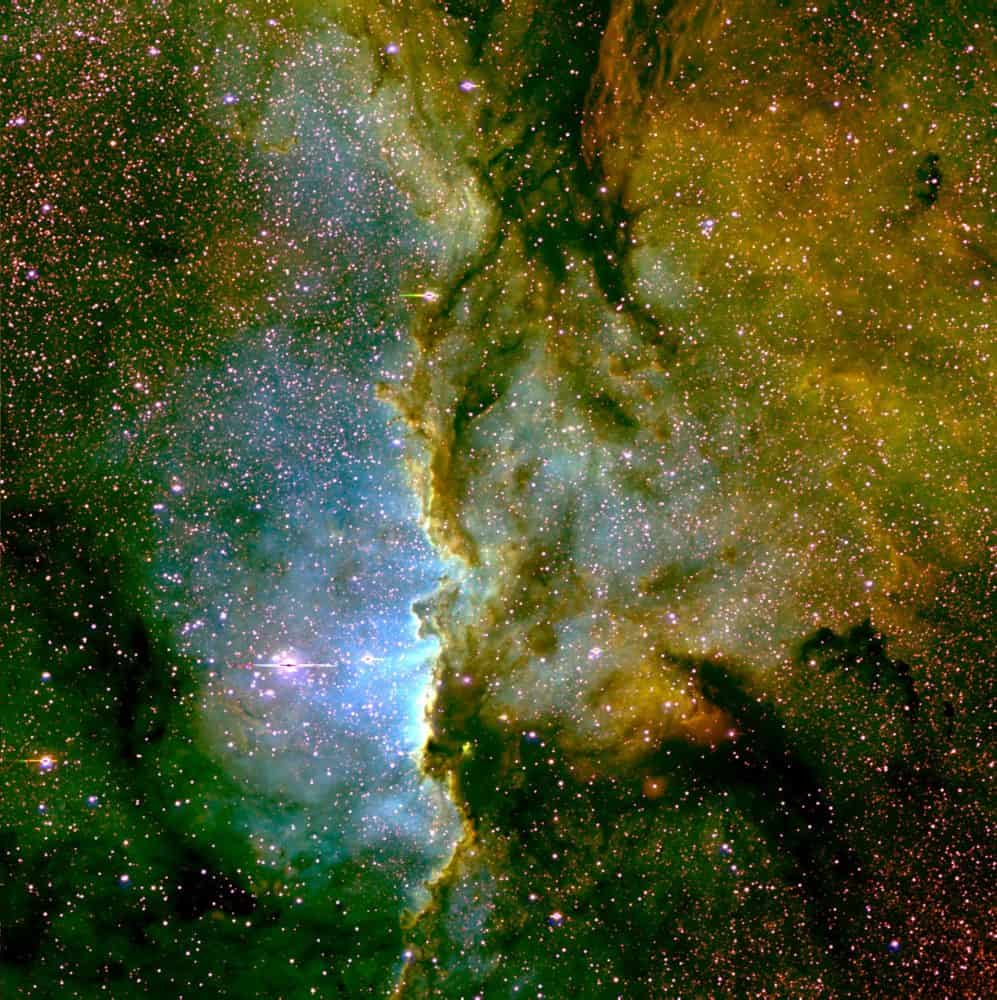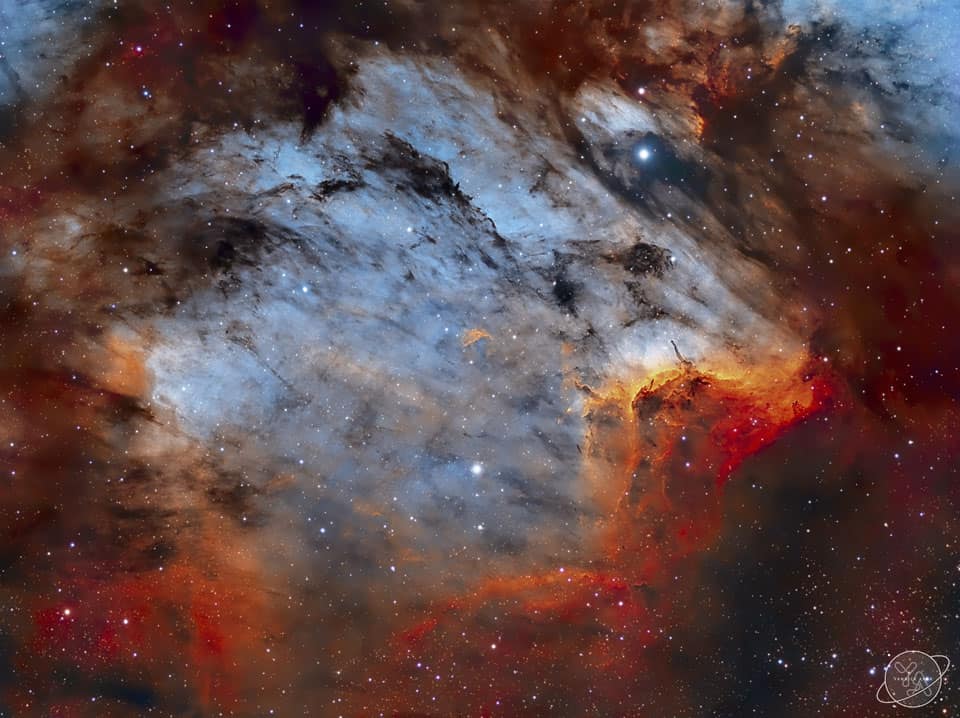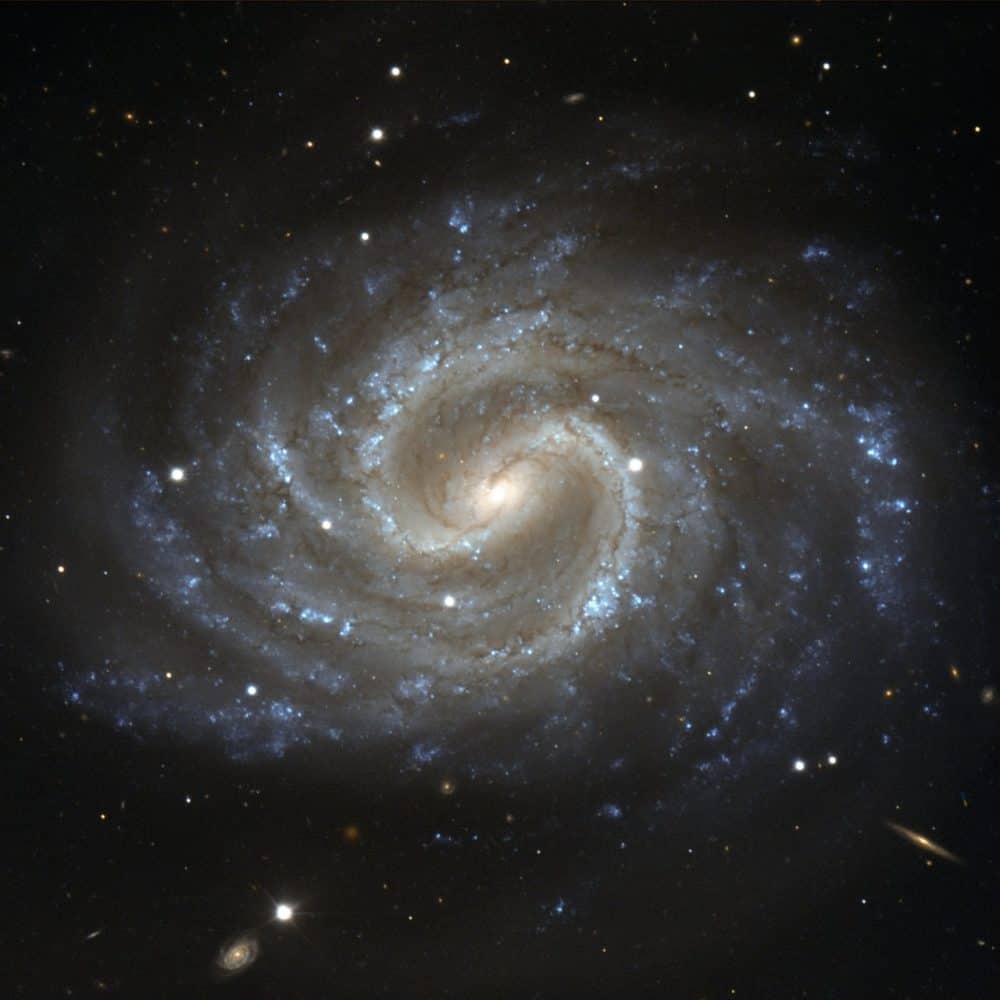Blog
Earl Rudolph “Bud” Powell (September 27, 1924 – July 31, 1966) was an American jazz pianist. Though Thelonious Monk was a close friend and influence, his greatest piano influence was Art Tatum.
Along with Charlie Parker, Monk, and Dizzy Gillespie, Powell was a leading figure in the development of modern jazz, or bebop. His virtuosity led many to call him the Charlie Parker of the piano. Powell was also a composer, and many jazz critics credit his works and his playing as having “greatly extended the range of jazz harmony.”
In his youth Powell listened to the adventurous performances at Uptown House, a venue near his home. This was where Charlie Parker first appeared as a solo act when he briefly lived in New York. Thelonious Monk played at Uptown House. When Monk met Powell he introduced Powell to musicians who were starting to play bebop at Minton’s Playhouse. Monk was a resident pianist, and he presented Powell as his protégé. Their mutual affection grew, and Monk became Powell’s greatest mentor. Powell eagerly experimented with Monk’s idea. Monk’s composition “In Walked Bud” is a tribute to their time together in Harlem. Powell was engaged in a series of dance bands, his incubation culminating in becoming the pianist for the swing orchestra of Cootie Williams. In late 1943 he was offered the chance to appear at a nightclub with the quintet of Oscar Pettiford and Dizzy Gillespie, but Powell’s mother decided he would continue with the more secure job with the popular Williams.
https://www.youtube.com/watch?v=YOzNn3Q51PM
more...Flamenco Fridays featuring Algerias.
Alegrías (Spanish pronunciation: [aleˈɣɾi.as]) is a flamenco palo or musical form, which has a rhythm consisting of 12 beats. It is similar to Soleares. Its beat emphasis is as follows: 1 2 [3] 4 5 [6] 7 [8]9 [10] 11 [12]. Alegrías originated in Cádiz. Alegrías belongs to the group of palos called Cantiñas and it is usually played in a lively rhythm (120-170 beats per minute). The livelier speeds are chosen for dancing, while quieter rhythms are preferred for the song alone.
One of the structurally strictest forms of flamenco, a traditional dance in alegrías must contain each of the following sections: a salida (entrance), paseo (walkaround), silencio (similar to an adagio in ballet), castellana (upbeat section) zapateado (Literally “a tap of the foot”) and bulerías. This structure though, is not followed when alegrías are sung as a standalone song (with no dancing). In that case, the stanzas are combined freely, sometimes together with other types of cantiñas.
https://www.youtube.com/watch?v=uh15x-4BUts
more...
NGC 6193 is open cluster containing 27 stars in the constellation Ara, visible to the unaided eye. NGC 6193 lies at the center of the Ara OB1 association, which extends over a square degree. The cluster is associated with (and provides the energizing radiation for) neighboring regions of the nebulosity NGC 6188. Distance 3765.3 ly
more...ictor E. Jurusz Jr., known professionally as Vic Juris (born September 26, 1953) is an American jazz guitarist. Juris was born in Jersey City, New Jersey, but he moved with his family to Parsippany early in his life. In 1963, at the age of 10, he began learning guitar.[2] At 11, he studied guitar at the home of his teacher, Ed Berg, and got interested in jazz listening to Berg’s records of guitarists Django Reinhardt, Jim Hall, Barney Kessel, Jimmy Raney, and Johnny Smith. When asked about albums that made an impact on him as a kid, Juris cites Rubber Soul by The Beatles, The Dynamic Duoby Wes Montgomery and Jimmy Smith, Larry Coryell‘s debut album, and Are You Experienced by Jimi Hendrix. In his teens he played the rock music of the 1960s. When he was 19, he met blind saxophonist Eric Kloss and they became friends. He made his first recording on Kloss’s album Bodies’ Warmth (Muse, 1975). Around the same time, he met guitarist Pat Martino, who became a friend and mentor.
Juris recorded with Richie Cole during 1976–78 and released his debut album as a leader, Road Song, in 1979. In the early 1980s, he turned to acoustic guitar in duos with Larry Coryell and Biréli Lagrène, and in the late 1980’s he worked with Gary Peacock‘s band. Since 1991 he has spent much of his career with saxophonist David Liebman.
During the 1990s, he worked as sideman with Lee Konitz and Peggy Stern (1992), Benny Waters (1993), Jeanie Bryson (1993–94), Gary Peacock (since 1994), Steve LaSpina (since 1995), Judi Silvano (1996), Ken Serio (1996, 2007) and Joe Locke (1998).
https://www.youtube.com/watch?v=IKsWt62swqc
more...Gary Bartz (born September 26, 1940) is an American jazz saxophonist. Bartz studied at the Juilliard Conservatory of Music. In the early 1960s, he performed with Eric Dolphy and McCoy Tyner in Charles Mingus‘s Jazz Workshop. He worked as a sideman with Max Roach and Abbey Lincoln before joining Art Blakey and the Jazz Messengers. In 1968 he was a member of McCoy Tyner’s band Expansions.
In mid-1970 he joined Miles Davis‘s band, performing live at the Isle Of Wight festival in August, and at a series of December dates at The Cellar Doorclub in Washington, D.C. Portions of these shows were initially released on the 1971 Live-Evil album, with the entire six performance/four night run eventually released in full on the 2005 Cellar Door Sessions box set.
He later formed the band Ntu Troop, which combined jazz, funk, and soul.
Bartz was awarded the BNY Mellon Jazz 2015 Living Legacy Award, presented at a special ceremony at The Kennedy Center.
In the liner notes to the album The Red and Orange Poems, jazz critic Stanley Crouch called Bartz “one of the very best who has ever picked up the instrument”.
https://www.youtube.com/watch?v=sKeZ6nvabvI
more...George Gershwin (/ˈɡɜːrʃ.wɪn/; born Jacob Bruskin Gershowitz, September 26, 1898 – July 11, 1937) was an American composer and pianist[1][2]whose compositions spanned both popular and classical genres. Among his best-known works are the orchestral compositions Rhapsody in Blue(1924) and An American in Paris (1928), the songs Swanee (1919) and Fascinating Rhythm (1924), the jazz standard I Got Rhythm (1930), and the opera Porgy and Bess (1935) which spawned the hit Summertime.
Gershwin studied piano under Charles Hambitzer and composition with Rubin Goldmark, Henry Cowell, and Joseph Brody. He began his career as a song plugger but soon started composing Broadway theater works with Buddy DeSylva and his brother Ira Gershwin. He moved to Paris intending to study with Nadia Boulanger, but she refused him; he subsequently composed An American in Paris. He then returned to New York City and wrote Porgy and Bess with Ira and DuBose Heyward. It was initially a commercial failure but came to be considered one of the most important American operas of the twentieth century and an American cultural classic.
Gershwin moved to Hollywood and composed numerous film scores until his death in 1937 from a malignant brain tumor.[3] His compositions have been adapted for use in films and television, and several became jazz standards recorded and covered in many variations.
more...https://www.youtube.com/watch?v=5SsVOybrFyE
more...The Pelican Nebula is slowly being transformed. IC 5070, the official designation, is divided from the larger North America Nebula by a molecular cloud filled with dark dust. The Pelican, however, receives much study because it is a particularly active mix of star formation and evolving gas clouds. The featured picture was produced in three specific colors — light emitted by sulfur, hydrogen, and oxygen — that can help us to better understand these interactions. The light from young energetic stars is slowly transforming the cold gas to hot gas, with the advancing boundary between the two, known as an ionization front, visible in bright orange on the right. Particularly dense tentacles of cold gas remain. Millions of years from now this nebula might no longer be known as the Pelican, as the balance and placement of stars and gas will surely leave something that appears completely different. Distance 1,800 ly
more...Samuel Carthorne Rivers (September 25, 1923 – December 26, 2011) was an American jazz musician and composer. He performed on soprano and tenor saxophones, bass clarinet, flute, harmonica and piano.
Active in jazz since the early 1950s, he earned wider attention during the mid-1960s spread of free jazz. With a thorough command of music theory, orchestration and composition, Rivers was an influential and prominent artist in jazz music.
Rivers was born in El Reno, Oklahoma. His father was a gospel musician who had sung with the Fisk Jubilee Singers and the Silverstone Quartet, exposing Rivers to music from an early age. His grandfather was Marshall W. Taylor, a religious leader from Kentucky. Rivers was stationed in California in the 1940s during a stint in the Navy. Here he performed semi-regularly with blues singer Jimmy Witherspoon. Rivers moved to Boston, Massachusetts in 1947, where he studied at the Boston Conservatory with Alan Hovhaness. He performed with Quincy Jones, Herb Pomeroy, Tadd Dameron and others. In 1959 Rivers began performing with 13-year-old drummer Tony Williams. Rivers was briefly a member of the Miles Davis Quintet in 1964, partly on Williams’s recommendation. This edition of the quintet released a single live album, Miles in Tokyo, from a show recorded on July 14 at Kohseinenkin Hall. Rivers’ tenure with the quintet was brief: he had engagements in Boston, and his playing style was too avant-garde for Davis during this period; he was replaced by Wayne Shorter shortly thereafter.
more...Rossiere “Shadow” Wilson (September 25, 1919 – July 11, 1959) was an American jazz drummer.
Much of Wilson’s early work was with swing jazz orchestras. He played with Frankie Fairfax’s Campus Club Orchestra in 1936, with Lucky Millinderin 1939, and following this, with Benny Carter, Tiny Bradshaw, Lionel Hampton, Earl Hines, Count Basie, and Woody Herman. Later in his career he played with Illinois Jacquet, Erroll Garner, Thelonious Monk, Ella Fitzgerald, Joe Newman, Lee Konitz, Sonny Stitt, Phil Woods, Gene Quill, and Tadd Dameron. The drummer was known to sit in at the famed Minton’s Playhouse. His nickname came from “his beautiful light touch with brushes”, in the words of bassist Peter Ind. Wilson died of meningitis in July 1959. He never recorded as a leader.
more...Dmitri Dmitriyevich Shostakovich (Russian: ![]() Дми́трий Дми́триевич Шостако́вич (help·info), September [O.S. 12 September] 1906 – 9 August 1975) was a Russian composer and pianist. He is regarded as one of the major composers of the 20th century.
Дми́трий Дми́триевич Шостако́вич (help·info), September [O.S. 12 September] 1906 – 9 August 1975) was a Russian composer and pianist. He is regarded as one of the major composers of the 20th century.
Shostakovich achieved fame in the Soviet Union under the patronage of Soviet chief of staff Mikhail Tukhachevsky, but later had a complex and difficult relationship with the government. Nevertheless, he received accolades and state awards and served in the Supreme Soviet of the RSFSR (1947) and the Supreme Soviet of the Soviet Union (from 1962 until his death).
A polystylist, Shostakovich developed a hybrid voice, combining a variety of different musical techniques into his works. His music is characterized by sharp contrasts, elements of the grotesque, and ambivalent tonality; the composer was also heavily influenced by the neo-classical style pioneered by Igor Stravinsky, and (especially in his symphonies) by the late Romanticism of Gustav Mahler.
Shostakovich’s orchestral works include 15 symphonies and six concerti. His chamber output includes 15 string quartets, a piano quintet, two piano trios, and two pieces for string octet. His solo piano works include two sonatas, an early set of preludes, and a later set of 24 preludes and fugues. Other works include three operas, several song cycles, ballets, and a substantial quantity of film music; especially well known is The Second Waltz, Op. 99, music to the film The First Echelon (1955–1956), as well as the suites of music composed for The Gadfly.
more...https://www.youtube.com/watch?v=fU63q9CvwYE
more...Robert C. Hunter Epitaph
(June 23, 1941 – September 23, 2019)
To many the Grateful Dead have been a mysterious enigma of 1960’s counterculture, defying popular norms and breaking all barriers of Top 40 radio and recording commercialism of that era. Never been a Dead Head but love the melodic phrasing of Gracia and the insightful lyrics of Robert Hunter. And the revolutionary/unconventional spirit and perseverance of the Dead! Determined to alter consciousness one way or the other!
Have a great new adventure mr Hunter, I know you will!
Robert Hunter, Grateful Dead Collaborator and Lyricist, Dead at 78 One of rock’s most ambitious and dazzling lyricists was literary counterpoint to the band’s musical experimentation.
Robert Hunter, the poet and writer who provided the Grateful Dead with many of their vivid and enduring lyrics, died Monday night. He was 78. No cause of death was provided.
“It is with great sadness we confirm our beloved Robert passed away yesterday night,” Hunter’s family announced in a statement. “He died peacefully at home in his bed, surrounded by love. His wife Maureen was by his side holding his hand. For his fans that have loved and supported him all these years, take comfort in knowing that his words are all around us, and in that way his is never truly gone. In this time of grief please celebrate him the way you all know how, by being together and listening to the music. Let there be songs to fill the air.”
more...This image depicts the galaxy NGC 4535, in the constellation of Virgo (The Maiden), on a beautiful background full of many distant faint galaxies. Its almost circular appearance shows that we observe it nearly face-on. In the centre of the galaxy, there is a well-defined bar structure, with dust lanes that curve sharply before the spiral arms break from the ends of the bar. The bluish colour of the spiral arms points to the presence of a large number of hot young stars. In the centre, however, older and cooler stars give the bulge of the galaxy a yellower appearance.
This visible image was made with the FORS1 instrument on ESO’s 8.2-metre Very Large Telescope. The galaxy can also be seen through smaller amateur telescopes, and was first observed by William Herschel in 1785. When seen through a smaller telescope, NGC 4535 has a hazy, ghostly appearance, which inspired the prominent amateur astronomer Leland S. Copeland to name it “The Lost Galaxy” in the 1950s.
more...Ahmed Ratip Canga ( Istanbul , September 24, 1905 – Buenos Aires , December 13 , 1993 ) was a Turkish jazz guitarist of Yemeni origin.
At 19, his father sent him to study engineering in Chicago ; He started receiving Banjoclasses, although he soon switched to the electric guitar . Then, he returned to Turkey to do military service. In 1933 he moved to Uruguay . He formed a group called “Ahmed Ratip and his Cotton Pickers”, of which he was the director. Artistically he was known as Mike. He was one of the pioneers in Argentina in performing jazz.
In 1946 he incorporated Tito Alberti to his band, playing with a stable character in the Teatro Colón . Ahmed died on December 13, 1993 and is buried in the Chacarita Cemetery in Buenos Aires, in the pantheon of the Authors and Composers Union.
more...Lemon Henry “Blind Lemon” Jefferson (September 24, 1893 – December 19, 1929) was an American blues and gospel singer-songwriter and musician. He was one of the most popular blues singers of the 1920s and has been called the “Father of the Texas Blues“. Jefferson’s performances were distinctive because of his high-pitched voice and the originality of his guitar playing. His recordings sold well, but he was not a strong influence on younger blues singers of his generation, who could not imitate him as easily as they could other commercially successful artists. Later blues and rock and roll musicians, however, did attempt to imitate both his songs and his musical style.
Jefferson was born blind, near Coutchman, Texas. He was the youngest of seven (or possibly eight) children born to Alex and Clarissa Jefferson, who were African-American sharecroppers. Disputes regarding the date of his birth derive from contradictory census records and draft registration records. By 1900, the family was farming southeast of Streetman, Texas. Jefferson’s birth date was recorded as September 1893 in the 1900 census. The 1910 census, taken in May, before his birthday, confirms his year of birth as 1893 and indicated that the family was farming northwest of Wortham, near his birthplace.
more...Theodore “Fats” Navarro (September 24, 1923 – July 6, 1950) was an American jazz trumpet player. He was a pioneer of the bebop style of jazz improvisation in the 1940s. He had a strong stylistic influence on many other players, including Clifford Brown. Navarro was born in Key West, Florida, of Cuban, African, and Chinese descent. He began playing piano at age six, but did not become serious about music until he began playing trumpet at the age of thirteen. He was a childhood friend of drummer Al Dreares. By the time he graduated from Douglass High School, he wanted to be away from Key West and joined a dance band headed for the Midwest.
Tiring of the road life after touring with many bands and gaining valuable experience, including influencing a young J. J. Johnson when they were together in Snookum Russell‘s territory band, Navarro settled in New York City in 1946, where his career took off. He met and played with, among others, Charlie Parker, one of the greatest musical innovators of modern jazz improvisation.
https://www.youtube.com/watch?v=-1_QeL1i690
more...More Posts
- Jack Casady
- Eddie Marshall
- Bud Freeman
- World Music with the Kasai Allstars feat Basokin
- Daily Roots with Jackie Mittoo
- The Cosmos with NGC 2024
- Herbie Hancock
- Shakey Jake Harris
- Hound Dog Taylor
- Johnny Dodds
- World Music with Douglas Felipe
- Daily Roots with the Aggrovators
- Will Wampach
- The Cosmos with Caldwell 99
- Neville Staple
- Luther ‘Guitar Jr.’ Johnson
- Jimmy Lewis
- John Levy
- World Music with Galandum Galundaina
- Daily Roots with Johnny Clarke


